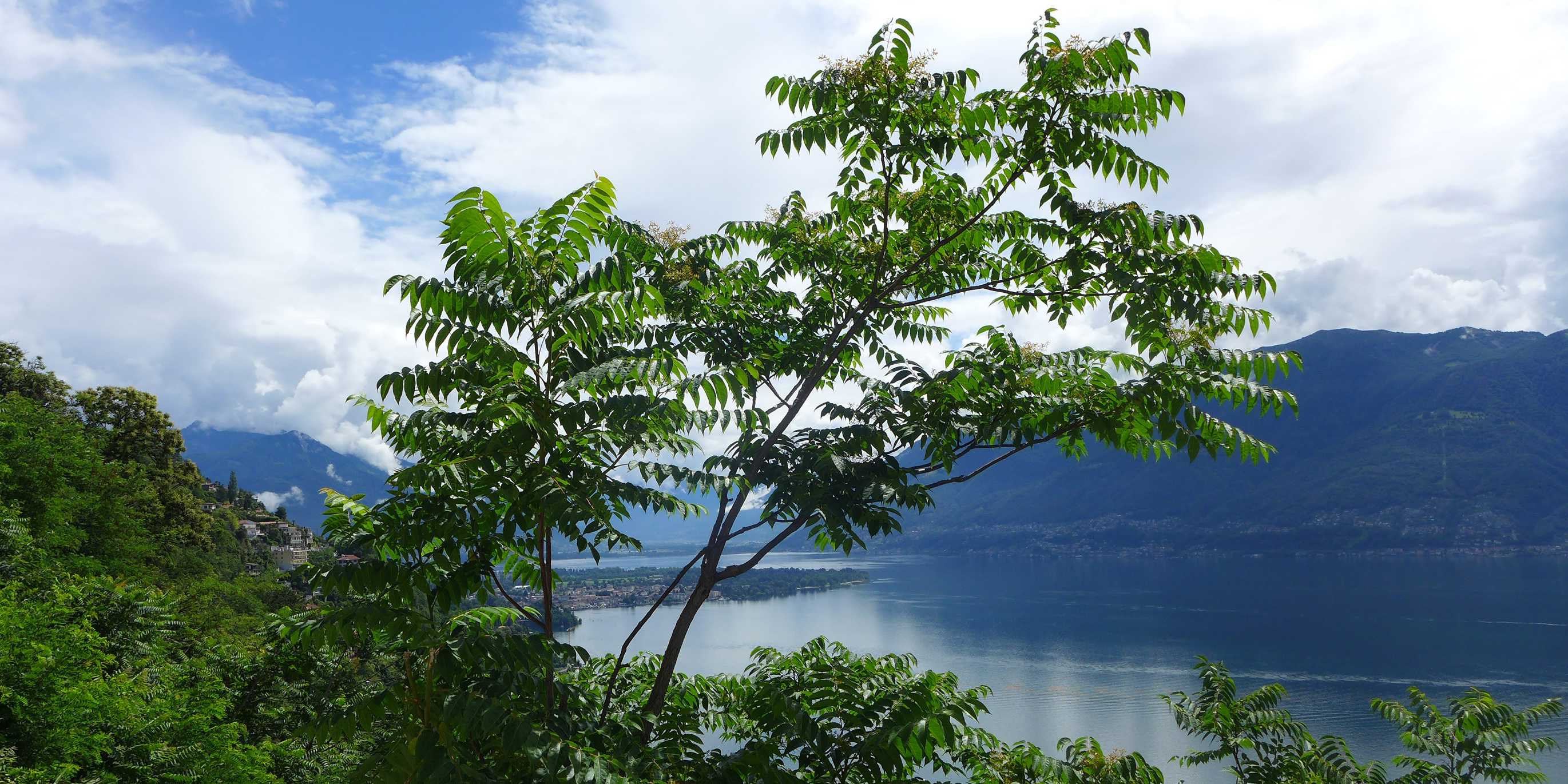Biodiversity protects against invasions of non-native tree species
For the first time, researchers combined human and ecological factors to analyse the global scale of non-native tree species invasions. Human activity in hotspots of global trade, such as maritime ports, is linked to an increased likelihood of non-native tree species invasions. However, a high diversity of native tree species can help to curb the intensity of such invasions.

In brief
- First global study reveals the extent of non-native tree invasions around the world.
- Proximity to human activity is a dominant factor in determining where invasions occur across the globe.
- Native biodiversity can mitigate the extent of non-native tree species invasions.
For centuries, human activity has intentionally or unintentionally driven the spread of plant species to areas far outside their native habitat. On average, about 10 percent of non-native species worldwide become invasive, often causing large ecological and economic consequences for affected regions.
For the first time, a global team of researchers, led by ETH Zurich, have explored which regions on Earth are most vulnerable to non-native tree invasions. The study, published in the journal Nature, combined human, and ecological factors to assess the drivers of tree invasion occurrence and severity across the globe.